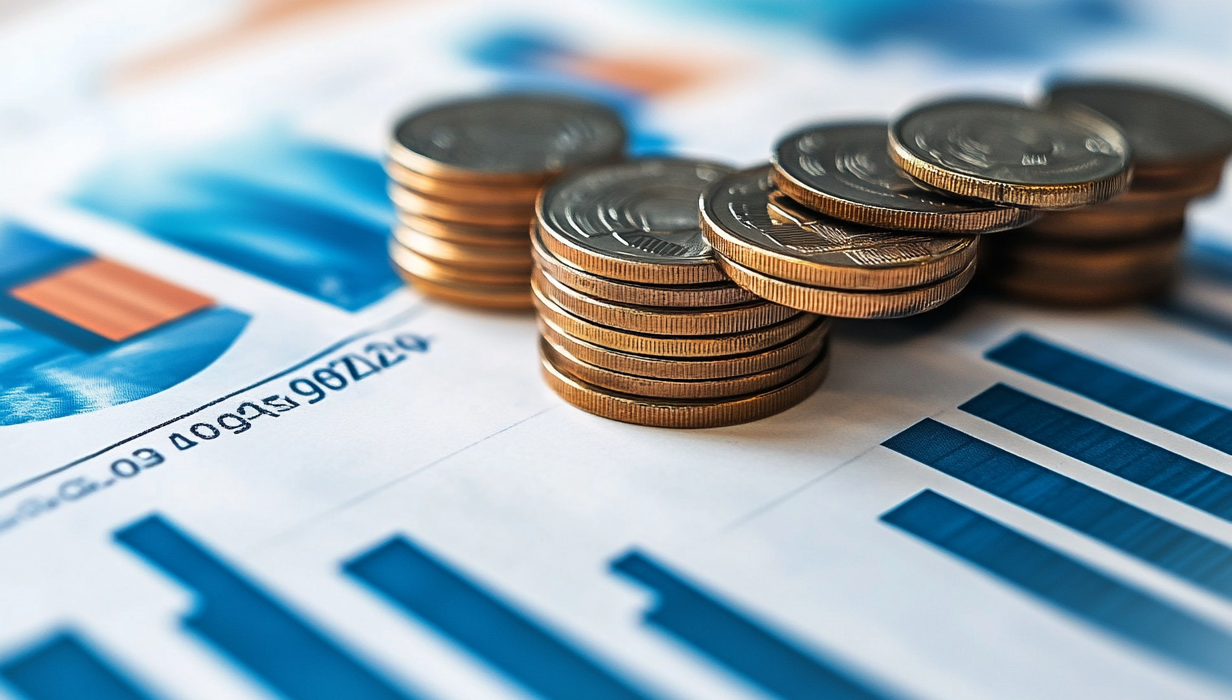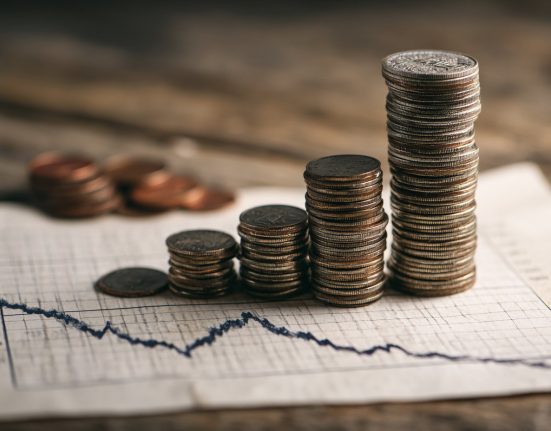A bond-market indicator is sending signals investors should pay close attention to, financial advisors say.
The indicator is the yield curve, which tracks the relationship between shorter- and longer-term Treasury yields. The latter are typically higher, but until recently the curve was inverted, with higher yields on shorter-term Treasurys—generally an indication that investors expect rates to fall or the economy to weaken.
The 10-year yield finished Friday at 3.657%, while the two-year was at 3.587%.
Now, with the Federal Reserve widely expected to begin a rate-cut cycle next week, things may be returning to normal. That, according to experts, could mean it’s time for investors to rethink their fixed-income portfolios. Here are some of their suggestions.
Prepare For Bond-Price Appreciation
After a two-year campaign of interest rate hikes aimed at fighting inflation, the Federal Reserve is poised to cut its federal funds rate—which influences everything from interest rates to bond yields—at its meeting next week.
Although yields on bonds are likely to come down as a result, there are still opportunities to incorporate fixed-income investments into portfolios, according to Kathy Jones, Chief Fixed Income Strategist at Charles Schwab.
Yields move inversely to bond prices, so when yields fall, bond prices rise. That means investors can benefit from price appreciation if they invest in bonds before yields decline further.
“For the retail client, a lot of times, they’ve been sitting in cash waiting for the Fed to make a move, so they’ve already missed the peak of rates,” Jones said. “The direction of travel is lower…That means there’s room for further price appreciation as the Fed cuts.”
A Hedge Against Economic Uncertainty
The yield curve is returning to normal because of signs that inflation and the economy are cooling, says Jeff Johnson, head of U.S. fixed income products at Vanguard.
“If we’re talking about rates falling because the economy is cooling, that does represent what could potentially be a more challenging and volatile period for equity,” Johnson said. “That’s another reason why you want to add fixed income to the portfolio—to provide balance and diversification against riskier parts of the portfolio.”
Since bonds with shorter maturities tend to more closely follow changes in the Fed’s benchmark rate, Jones thinks it’s a good time to invest in bonds with maturities between three months and five years.
“If you’re tactical and looking at what’s going to do well during this rate cutting cycle in the first six to 12 months, it’s probably under five years just because that has the most room to decline,” Jones said.
Some experts, however, urge caution when investing in shorter-maturity bonds.
“Investors need to be aware of reinvestment risk. This means that when their current bonds mature, they might have to buy new bonds that pay lower interest rates,” Greg Onken, Wealth Partner at J.P. Morgan Wealth Management, said via email. “Longer-term fixed-income opportunities can also help investors lock in current rates.”
Consider ETFs and Ladders
When it comes to figuring out which fixed-income investments are best, experts offer varying recommendations—some prefer bond exchange-traded funds while others suggest bond ladders, a strategy of investing in bonds of varying maturities to spread out interest risk.
Johnson recommends broadly diversified bond ETFs that invest in a wide range of fixed-income investments like Treasurys and corporate debt across the maturity spectrum. He prefers ETFs with intermediate maturities.
Jones thinks bond ladders are a good option because they let retail investors avoid trying to time the Fed’s moves.
And investors don’t need to limit themselves to Treasury bonds. Jones notes that corporate bonds can offer higher yields—though investors need to be mindful of their credit quality, since they are riskier than Treasurys.







